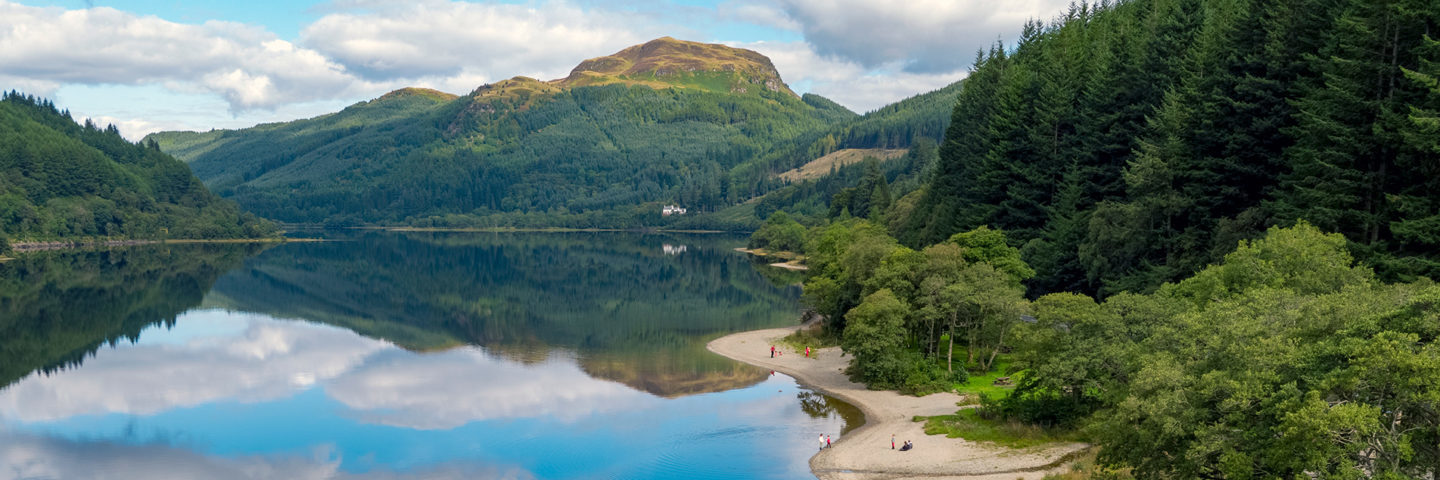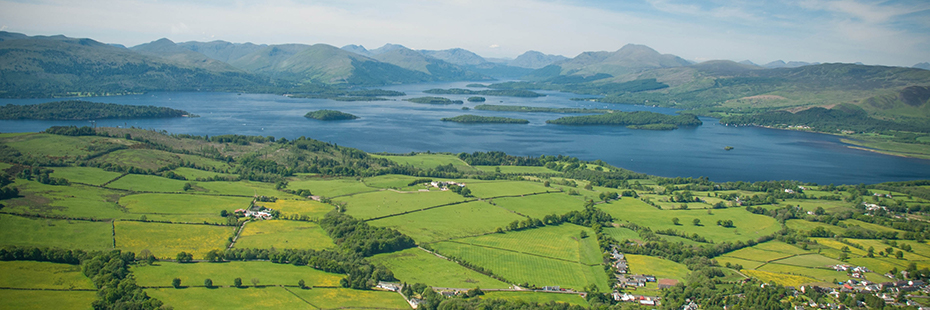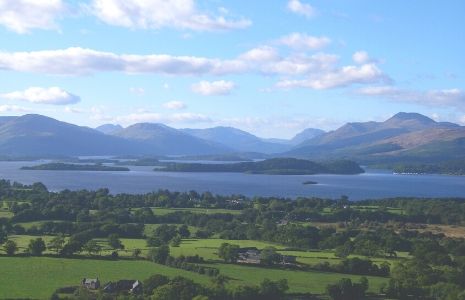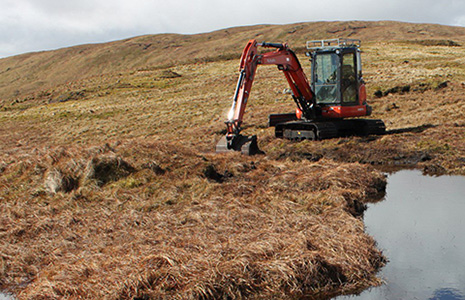
The Nature Crisis
We are facing a global biodiversity crisis and even in our most special landscapes, nature as a whole is still in real trouble. If we do not halt and reverse this decline, then our world and all of us will have a poorer and more uncertain future.
We face a Nature Crisis – as well as a Climate Emergency
- There is growing awareness, understanding and recognition that we face twin global crisis – we face a Nature Crisis as well as a Climate Emergency
- The nature crisis is as crucial as the climate emergency. The two are closely interlinked but the nature crisis is a distinct and crucial challenge in its own right which requires a specific and targeted response
- The causes of the global nature crisis are complex – they include issues ranging from an increasing loss of natural habitats due to agriculture and development, to over-exploitation of species, and multiple pressures from climate change, invasive non-native species and pollution
- The detail of these pressures vary from species to species and from country to country but the difficult truth we have to face is that nationally and internationally our collective efforts to protect nature are not enough and the scientific evidence shows us that the decline continues. In reality, we have struggled to protect the habitats and species we have left, let alone achieve the large-scale restoration of nature to which we aspire – and which we need
Why Nature is so important to us all

Nature is too often forgotten and undervalued – but it is absolutely critical to all human development, from health and wellbeing, to our economy and our climate. There are four key reasons why we must address the nature crisis.
- For its intrinsic value – We believe that the world is a richer, more inspiring, better place if it is rich in nature
- Natural capital – Nature is the bedrock of our economy and provides the critical resources on which our agriculture, forestry and many other industries rely. It is crucial to the fundamental services we need for clean air and water
- Tourism, leisure, health and wellbeing – There is compelling evidence of the benefits of connection to nature, as well as those of being outdoors and active. Wildlife and nature tourism is a crucial component of people’s leisure time so it is at the heart of many tourism and leisure industries
- Net Zero – Both in terms of helping us to mitigate against the effects of climate change and adapting to it, nature-based solutions can help us capture carbon and mitigate flood risk
Nature in the National Park

National Parks are built upon the foundations of their nature and people. They play a crucial role in protecting these natural assets and supporting local communities whilst engaging and educating people in their dramatic landscapes and the wildlife that live there.
In Loch Lomond & The Trossachs National Park we are lucky to have a rich legacy of natural and cultural heritage left to us by environmental processes combined with the labour of previous generations.
The National Park encompasses around 720 sq miles (1,865 sq km) of some of the finest scenery in Scotland. There are 21 Munros in the Park, 22 large lochs and about 50 rivers. We have two Forest Parks and one of the UK’s largest National Nature Reserves – The Great Trossachs Forest. Our National Park is home to over 30 National Priority habitats, over 300 National Priority Species and over 60 Sites Designated for their special habitats and species.
Perhaps most importantly and uniquely, 50% of Scotland’s population lives within an hour’s drive of the National Park. The National Park is on the doorstep for much of the Scottish population and is easily accessible for visitors from further afield. We therefore have a unique and vital opportunity to be an exemplar of what a nature-rich environment can be, looks like and the benefits it can deliver.
Future Nature is our ambitious and exciting vision for restoring nature in the National Park.




